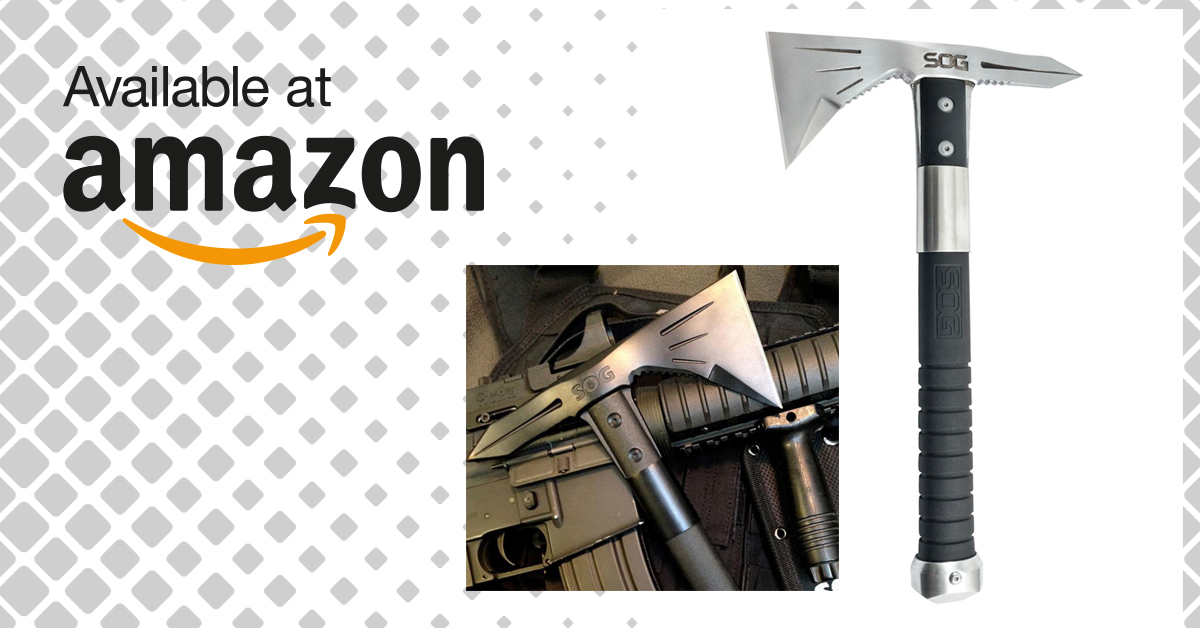
A rib fracture can be one of the most debilitating and painful injuries that someone can ever endure. Unlike broken bones in arms or legs, it’s nearly impossible to immobilize a rib fracture, and the victim will most-likely feel intense pain with every breath that they take. Additionally, fractured ribs can penetrate lungs, cause internal bleeding, lead to infections in the chest cavity or make breathing difficult as well.
Unfortunately, there is little that can be done to treat a victim in the field, and it can be difficult to ascertain whether or not a rib is actually broken or just sprained or bruised. However, there are some basic steps that we can take to assess and stabilize the injury until the victim can receive definitive medical care. Here are a few general guidelines that you can follow if you ever encounter this type of injury in the field.
Common Signs
Most fractures occur in the middle of the rib cage where the bones curve because this is the weakest part of the structure. The most common sign of a fracture is bruising and swelling along with some kind of deformity such as a bulge or bump. However, fractures can occur without any deformity as well, so it’s important not to rule one out just because the injury isn’t visible from the outside.
Another sign of a fracture is that pain will usually increase if the victim attempts to breathe deeply. People who have fractures tend to take rapid and shallow breaths to compensate for the pain. The victim may also have a limited range of motion if they stretch or twist their torso, and most people will be unwilling to try due to guarding from pain as well. Finally, there are some cases when the abnormal crunching or movement of bones can be felt or heard if the fracture occurs at a location that isn’t covered by muscles or fat.
It’s important to note that severe bruising of the ribs can also produce symptoms, however they will tend to be less-severe than what they experience with fractures.
Stabilizaion
Most fractures aren’t life-threatening if the broken rib doesn’t puncture a lung, cause internal bleeding or interfere with breathing. Consequently, the best thing to do for the patient is to make them as comfortable as possible, apply an ice pack to the affected area and provide them with medicine for pain. There are also mixed opinions as to whether or not it’s a good idea to wrap the torso with a snug bandage to prevent the broken rib(s) from moving and possibly causing internal damage. On one hand, doing so can help to immobilize the fracture somewhat, but the wrap can also make it more-difficult for the victim to breathe. Use your best judgment based on the nature of the injury and whether or not the patient needs to walk out of the area in order to get medical attention.
Monitor Vitals
Aside from securing the site and making the victim as comfortable as possible, there is little that can be done to treat the injury. However, it’s important to monitor the patient to ensure they’re breathing properly and not losing blood. Signs of blood loss will be similar to what someone goes through when they’re in shock, including a rapid heart rate, pale, clammy skin, and a deterioration in their level of consciousness. Most of these signs will appear and worsen in a short period of time, and it’s important to get the victim to definitive medical care as quickly as possible.
On the other hand, many rib fractures are minor and don’t require any medical care at all. However, it’s important to get plenty of rest, avoid unnecessary exertion and allow time for the rib(s) to heal. Most fractures will heal within 4-6 weeks whereas initial symptoms will usually subside after the first few days as the bones begin to repair themselves.
This information is intended to provide a brief overview of the basics, but you may want to dig deeper and learn more in order to be better equipped to render appropriate aid in the field. Hopefully, you’ll never have to put these skills to use, but you’ll be glad that you were prepared if the situation ever presents itself.
